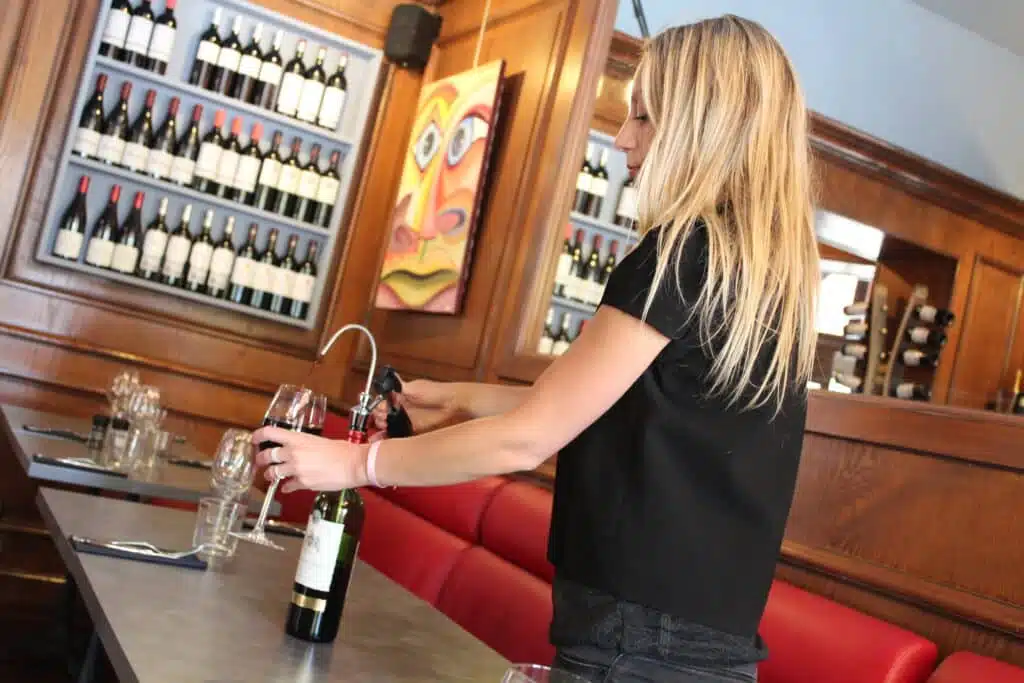Introduction
The barrel is a container intended for the conservation of wine which appeared in the 6th century BC in the region of Etruria (which corresponds to present-day Tuscany). The manufacture of a barrel has become over the centuries a true art, which the French cooperages have mastered brilliantly.
Today, Bordeaux barrels are made from French oak, generally cut in the center of France, in the Allier. With a capacity of 225 l (compared to 228 l for their Burgundian equivalent – these two lands of wine definitely do not want to get along!), nearly 5m3 of oak cut into staves (planks) will be necessary to be able to manufacture ten of barrels.

The Steps
One of the most important steps in the creation of a barrel will be the heating: the staves (the wooden blades that make up the barrel) are heated so that they can be bent and allow the assembly of the barrel. The heating can be more or less intense, more or less long. Depending on these parameters, aging in barrels will influence the organoleptic characteristics of the wine: aromas of vanilla, toast and spices will then be expressed.
It is essential to find in a bottle all the aromas that the cellar master has striven to develop in the wine he has assembled. It happens to open a bottle and not finish it, bitterly regretting the alteration of the flavors of the wine afterwards. This is why Wikeeps has developed a system for storing and serving wine by the glass which allows you to enjoy a bottle for 20 days thanks to the addition of argon gas. Argon is a neutral gas, which is found in its natural state and which in no way alters the taste of wine.
For more information on our products and our news, do not hesitate to follow us on Facebook and Twitter or to visit our site. See you soon !
